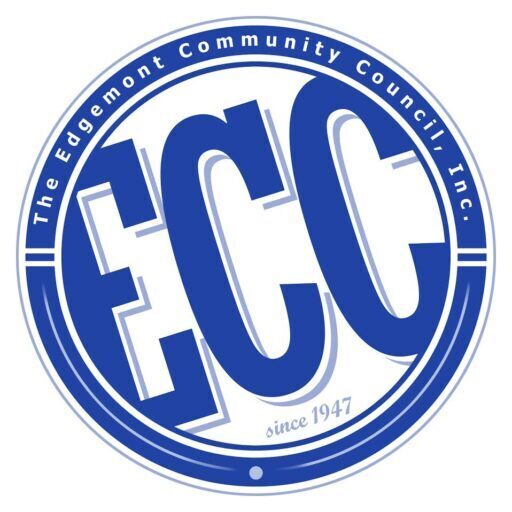The Edgemont Incorporation Committee this week commenced a legal action against Greenburgh Town Supervisor Paul Feiner seeking to overturn his refusal last month to approve the EIC’s petition for a vote on whether Edgemont could become the Town’s seventh incorporated village.
The Article 78 proceeding was commenced Wednesday in New York State Supreme Court, Westchester County, and has been assigned to Justice Susan Cacace.
The legal papers consisted of a 39-page petition, an accompanying memorandum of law, and affidavits from Edgemont resident Sharyn Lewis, licensed professional surveyor Theodore Haines, and ECC president Bob Bernstein.
The EIC’s petition was originally filed on February 27, 2017, and included signatures from 1317 residents, with the EIC contending only 965 were required. The EIC tried to file the petition the week before but, foreshadowing what the EIC contends was his bad faith, Mr. Feiner ordered his office, the town attorney and the town clerk to refuse to accept service – without any legal basis for doing so — until he returned from a vacation.
Mr. Feiner eventually held a public hearing on the legal sufficiency of the petition, which took place on April 5 and April 24, 2017, respectively and, to no one’s surprise, giving his outspoken opposition to Edgemont’s incorporation, issued a decision May 5 refusing to certify the petition. His decision was made public on May 9, 2017, which started a 30-day time period by which the EIC had to file its appeal which it has now done.
The EIC is represented in the case by nationally known litigation firm Gibson Dunn & Crutcher and Mr. Bernstein.
In the lawsuit, the EIC contends that while Mr. Feiner was publicly stating his intention to be guided by the law and not politics, because of his opposition to incorporation, he was simultaneously secretly working hand in glove with incorporation opponents to manufacture evidence to oppose the petition, and then, when the objections they came up with proved to be inadequate, Mr. Feiner invented legally invalid objections of his own.
Mr. Feiner had rejected the petition on three grounds: (1) the proposed borders were not defined with “common certainty,” (2) the petition failed to include signatures from at least 20% of those qualified in Edgemont to vote on the matter; and (3) the petition failed to include a complete list of registered inhabitants.
The EIC asserts that Mr. Feiner was wrong on all counts.
First, the EIC argues that “common certainty” requires either a metes and bounds description or a map of an existing district within the Town and here the EIC produced both: a 1923 metes and bounds description of the Greenville Fire District that was authorized and approved by the Westchester County Board of Supervisors, and a 1934 map of the Fire District that was based on that 1923 description.
The EIC said the only uncertainty was created by Mr. Feiner himself when he falsely claimed the petition was also based on an 1899 map of the Edgemont School District, which had a slightly different border. In fact, the only map actually submitted by the EIC was from 1934 – and it is undisputed that both the 1923 metes and bounds description and the 1934 map show the exact same thing, and that the Greenville Fire District’s borders have been the same for the past 95 years.
The EIC also accompanied its submission with a professional opinion from a New York state licensed professional surveyor that the 1923 description the EIC relied on “is a fully retraceable metes and bounds description of the Greenville Fire District and therefore meets the requirement for common certainty under the Village Law in New York, Section 202.02(c)(1).”
Equally without merit, the EIC contends, was Mr. Feiner’s finding that the petition did not have enough signatures.
First, the EIC found that Mr. Feiner artificially inflated the number of signatures required by compiling a list of registered voters that included the names of over a thousand individuals who either do not live in Edgemont because their homes are outside of the proposed borders, or if their homes were within the proposed borders, they had moved away, or died.
By contrast, the EIC showed that once nonresidents and zombie voters are excluded, the EIC had hundreds more signatures than the minimum legally required.
Second, Mr. Feiner wrongfully excluded nearly 300 signatures because he questioned the authenticity of seven such signatures. However, Mr. Feiner is no handwriting expert and there was no evidence in the record to substantiate any finding why these signatures should be disallowed.
Furthermore, as the EIC points out, Mr. Feiner had spent more than $50,000 on an army of private detectives, any one of whom could have verified the authenticity of the seven suspect signatures, if that were ever an issue, but never did so, while at the same the private detectives did verify the authenticity of signatures from among the 300 other signatures that Mr. Feiner arbitrarily excluded.
Finally, the EIC challenged Mr. Feiner’s assertion that its list of registered inhabitants was flawed because the purpose of such a list is to verify that the proposed village has at least 500 regular inhabitants and here the EIC produced a list with nearly 5000 names. Mr. Feiner claimed that the list should have included the names of children, but nowhere explains why the petition should be disapproved for not providing the names and addresses of children when the list that was submitted already had ten times the minimum number of inhabitants required.
If the EIC prevails, Mr. Feiner will be ordered to allow a vote on Edgemont’s incorporation to take place. If the EIC does not prevail, it is already circulating a new petition for incorporation.
